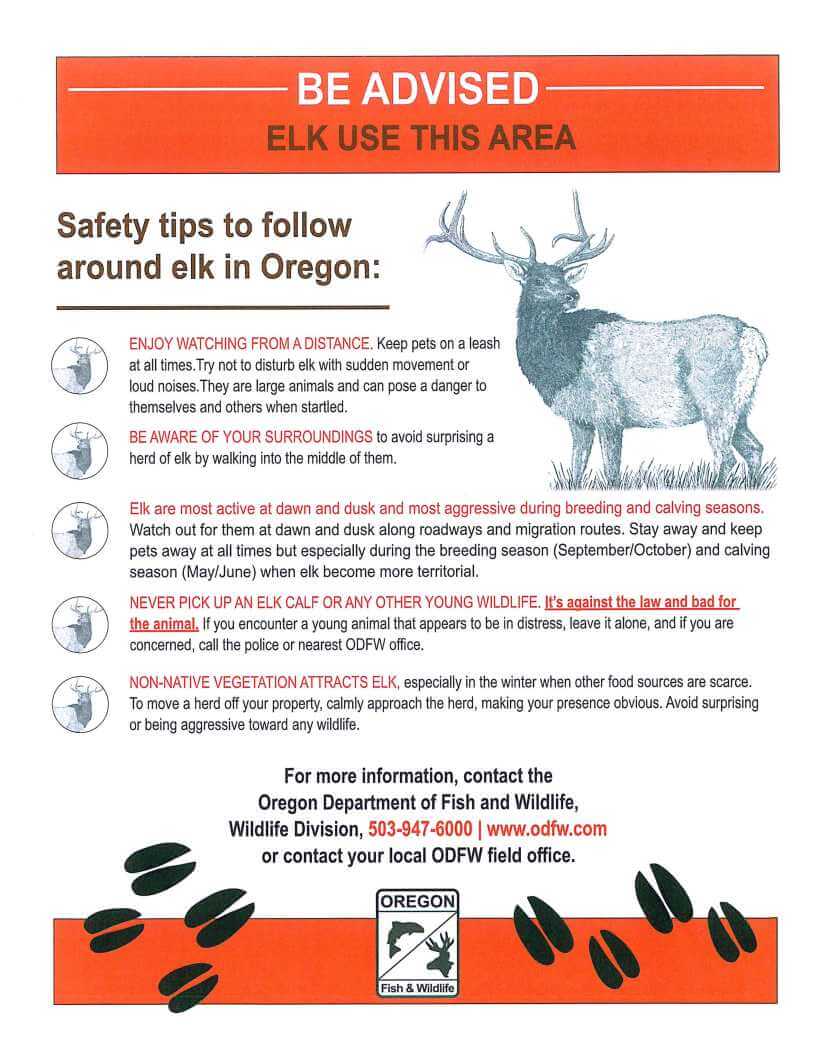Every now and then someone expresses curiosity about the land that borders the rear of their property…
Who do these areas belong to? What am I allowed to do back there? Are there restrictions? What about thinning or removing trees and shrubs?
Formally these areas are listed as tracts “A”, “B”, “D” and “E” on county records. Tracts “A” and “B” are common areas owned by Shamrock Pines HOA, Inc. Tracts “D” and “E” are owned by the North Coast Land Conservancy. All four tracts are separate and apart from each homeowner’s property.
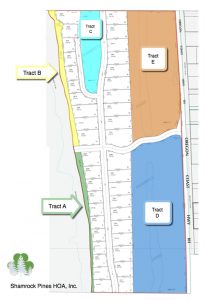
Per Section 2.14 of the Shamrock Pines HOA Declaration of Deed Restrictions (CC&Rs) these areas are considered “dedicated riparian buffer and wetlands” and are to remain in a natural state. This not only ensures the beauty of the waterways, but the health and welfare of the plants, animals and birds that call it home.
Click here to read more about tracts “D” and “E” which are under the supervision of the North Coast Land Conservancy as part of the Neacoxie Wildlife Corridor and the Shamrock Pines Wetlands.
These “riparian zones” are also under the jurisdiction of the City of Gearhart. Click here to read the City’s recent post including restrictions and maintenance requirements.
Be Proactive
Keep in mind that plant roots help avoid erosion along creek banks so care must be taken when removing noxious weeds and vegetation (allowed by the City). Trees are key to the eco-system and should never be thinned or cut without prior approval from the HOA and the City of Gearhart. Folks that have weathered winter storms can attest to their value as windbreaks as well!
So before taking any action in your backyard, per section 8.3.4 of our Bylaws, be sure to check where your property line meets the tract area, then complete and submit an Approval Request.
As we all know, these areas are home to dozens of migratory and year-round songbirds. Waterfowl dominate the open water and riparian area. Beaver can be seen navigating the creeks as well. It’s nature at its best and one of the “crown jewels” of Shamrock Pines. So enjoy this unique slice of nature’s beauty in our neighborhood!
Feel free to contact the HOA for additional guidance.
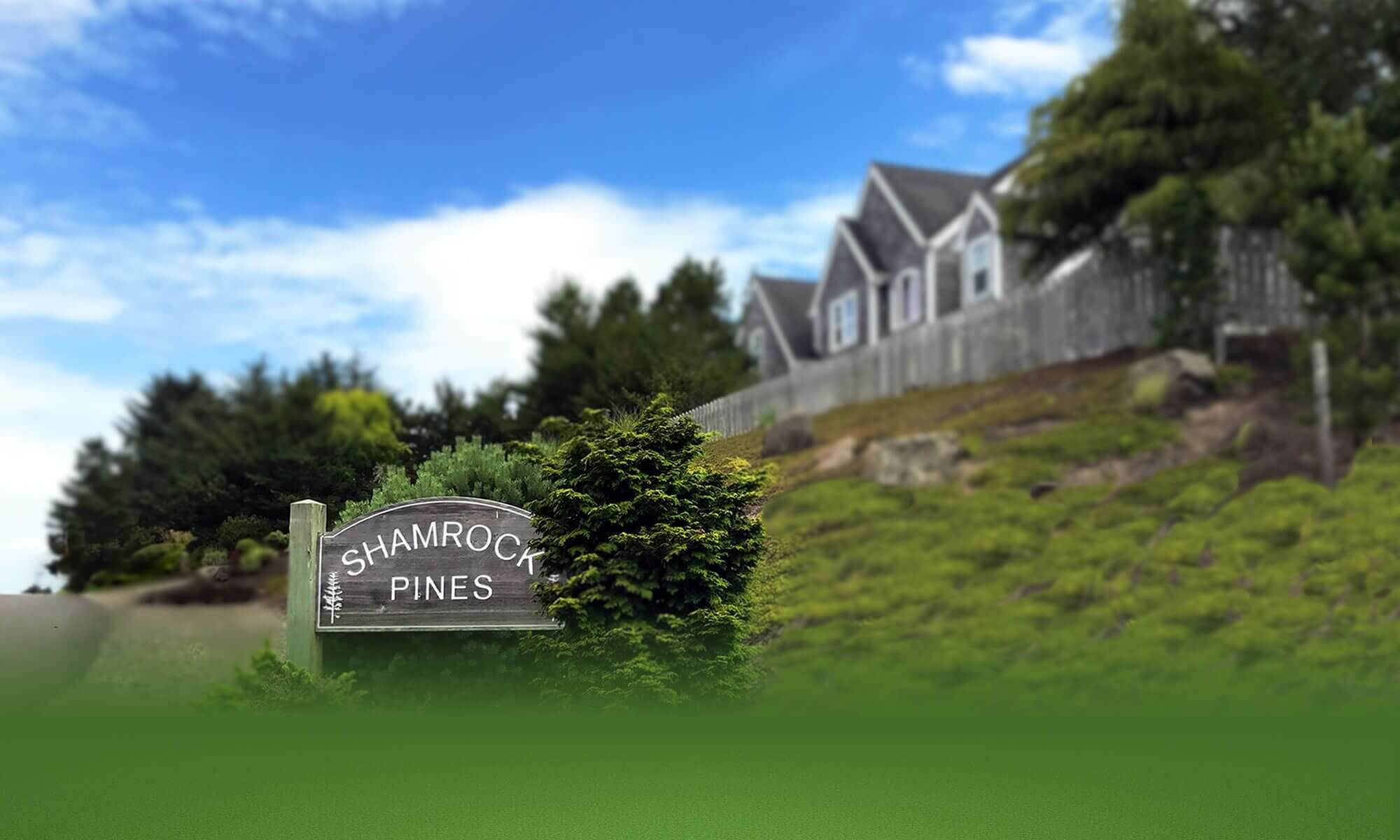
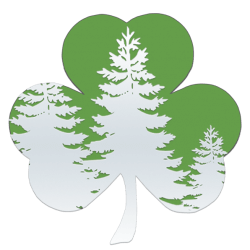

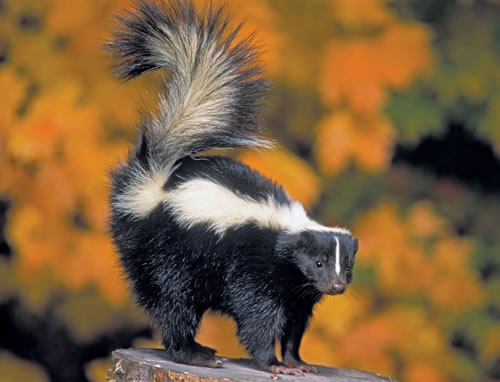

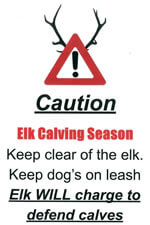 April through August is elk calving season
April through August is elk calving season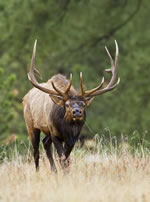 September through November is elk mating season
September through November is elk mating season